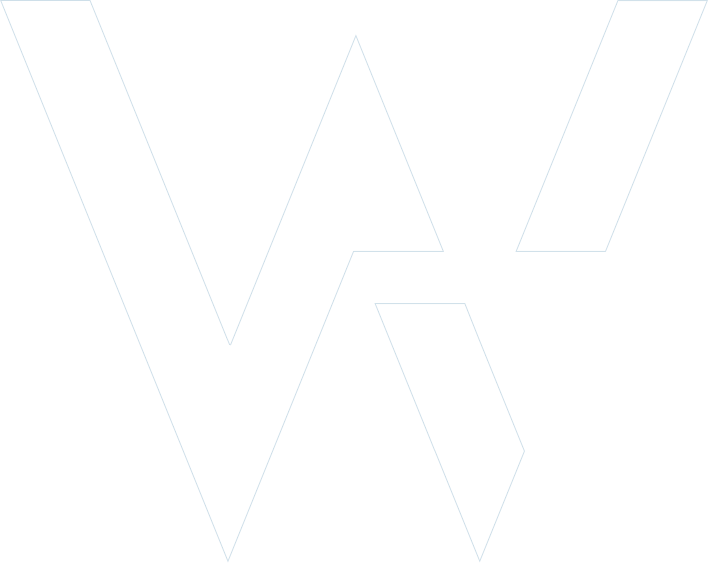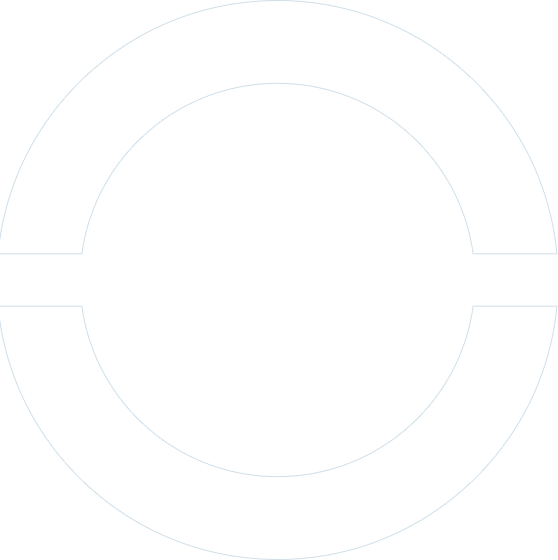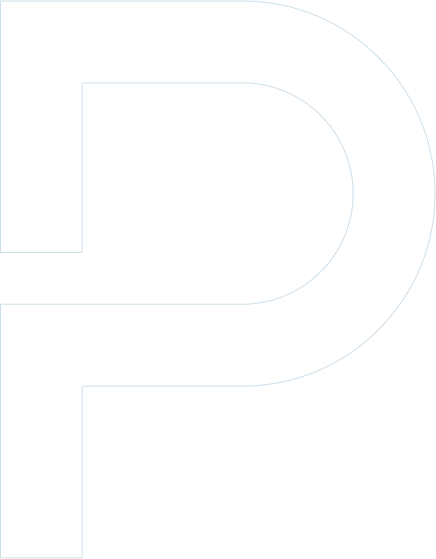


Rapid prototyping services to test your idea in an actual environment.
Ultra-high precision production services on all materials - glass, sapphire, ceramics, silicon, optical fibers, metal, plastic.
Tailor-made laser systems for industry & science. Designed for your specific applications.
Ceramic plates and glass plates for the probe cards industry – an essential component for…
Our processing technique enables not only wafer-level but individual components from glass and quartz production….
Suitable for 2.5D / 3D integration and wafer-level bonding with semiconductor substrates for MEMS, sensors,…
Glass & sapphire cutting and dicing workstation for industry, that outperforms other glass cutting methods.
WORKSHOP OF PHOTONICS
Mokslininku st. 6A, Vilnius, LT-08412, Lithuania
Phone: +370 5 215 7551
E-mail: [email protected]
Altechna R&D, UAB
Company code 301502628
VAT code LT100006155012
Bank – SEB 70440
LT87 7044 0600 0770 8092